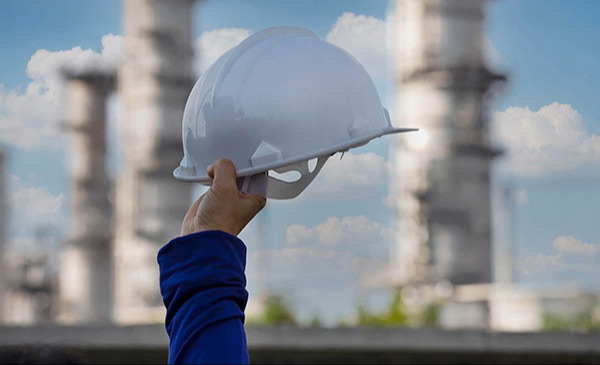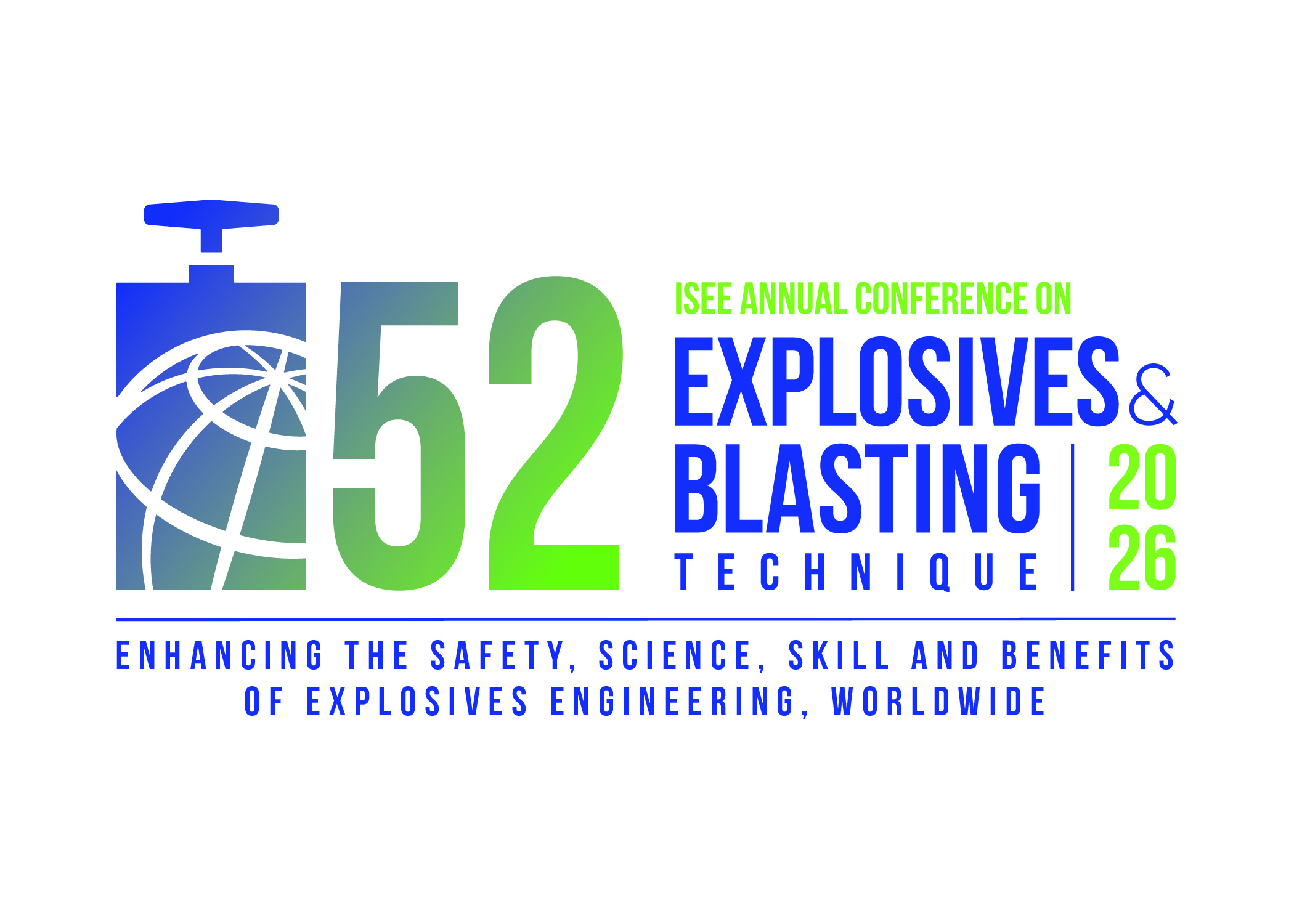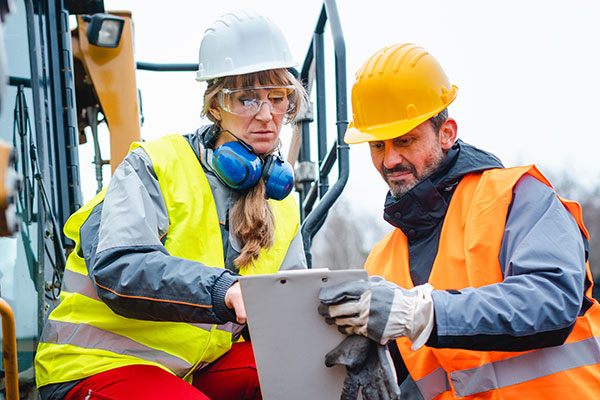Simon Tose
Simon is a professional registered Mining Engineer and graduate from the University of Leeds.
May 28, 2025
.jpg?sfvrsn=846ffc2b_3) Simon is a professional registered Mining Engineer and graduate from the University of Leeds. He initially worked in the coal and quarrying industries in the UK. He moved to South Africa in 1985 and worked for the Genmin Gold Mines group around South Africa, exposed to production, shaft sinking, high-speed tunneling and various mine design projects.
He joined AECI Mining Explosives in 1993 and gained exposure to a wide variety of mining methods, across the major mineral types and economic ore bodies:
Simon is a professional registered Mining Engineer and graduate from the University of Leeds. He initially worked in the coal and quarrying industries in the UK. He moved to South Africa in 1985 and worked for the Genmin Gold Mines group around South Africa, exposed to production, shaft sinking, high-speed tunneling and various mine design projects.
He joined AECI Mining Explosives in 1993 and gained exposure to a wide variety of mining methods, across the major mineral types and economic ore bodies:
- Quarrying, understanding the aspects in the control of the environmental impact on local communities and designing blasting.
- Surface mining operations across Africa, Indonesia, Chile, Brazil, Australia and other parts of the world, from large open pit coal and iron ore mines to selective mining methods in copper, zinc and gold.
- Underground mining methods, narrow reef gold and platinum to massive operations including diamonds and copper.
- The blasting solutions to complex mine layouts in the transition from surface to underground mines.
He has a strong passion for the development of environmental and blast monitoring, measurement and investigation, consulting, management and financial analysis for AECI. He has written numerous papers, articles and presented at a number of International and Local conferences. He has developed and lectured both internal and external courses. Also an active member of industry organizations, contributing to the industry regulators.
Away from work Simon with his wife Sanet have a passion for travel off road to explore and camp in new places, photographing African wildlife.
What led you to pursue a career in explosives engineering?
After departing the UK and longwall coal mining, as a mining engineer I found myself drilling small diameter holes and loading them with dynamite or ANFO, initiated with capped fuse and igniter cord, as a key component in blasting in deep level gold mines, upward of 4 km, 2.5 miles below the surface. Just changing the way you connected the igniter cord (pattern) had a huge impact on the safety of the hangingwall or roof. As a young engineer, I was fortunate to be involved in a number of key projects from gold recovery to shaft sinking aimed at safety, minimizing falls of ground and improving the blast result.
Early exposure to pumpable explosives, shock tube and later electronics sparked a lifelong interest in using the appropriate explosive tools to find potential new or better solutions to the challenges of both underground and surface mining.
What areas of explosives engineering are you most passionate about?
Being able educate and share the both the learning, understanding and challenges we face daily in blasting in close proximity to communities. Environmental issues such as ground or blast vibration, airblast and hazards such as flyrock bring together the tasks of “doing the basics”, understanding the science, tools and appropriate explosives and initiating systems. The many aspects of instrumenting a blast to measure, determine, understand and improve the blast result, there are many challenges forward as we strive to understand the improved information technology brings and changes the way we blast forward.
How has being an ISEE member benefited your professional development?
The access the many papers, articles and training provided by the ISEE gave the ability to assist in the finding sound information to aid in the problem solving of issues at the local customer sites aided my early professional development. Also the capacity to share ideas with the other ISEE members during conferences and events, many with a global presence. The handbooks, guides and rules open for question and peer review enabled a move forward in our industry.
What is your favorite ISEE memory?
Watching my first rodeo, in sub-zero weather, in downtown Fort Worth, Texas. I could not help remembering the old western movies where the cowboy, lights the match, touches it to the short cut fuse stuck in the end of a dynamite stick… all to save the day. We’ve come a long way in the world of explosives!
What's one piece of advice you would give to someone entering a career in explosives?
“Get your hands dirty…” Aside from loading explosives and programming or connecting-up a blast, the key to developing your career is about understanding the many different aspects, from drilling, to load & haul through to the waste management and the mineral recovery. There is nothing like operating an excavator or shovel to understand the impact of poor fragmentation in the blast result.




